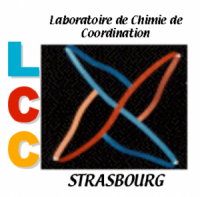5) Homogeneous Catalysis
Selected relevant aspects include:
* Isolation of rare monohapto-allyl Pd(II) complexes, with enhanced reactivity compared to the ubiquitous h3-allyl complexes, and of direct relevance to a number of catalytic transformations involving allyl intermediates (Organometallics 2001, 20, 2966; J. Chem. Soc., Dalton Trans. 2003, 507).
* Conversion of CO2 into higher added value lactones by telomerization with butadiene, using a Pd(II) catalyst which was the first metal complex to allow reversible CO2 fixation under ambient conditions through C-C bond formation (J. Am. Chem. Soc. 1981, 103, 5115; J. Am. Chem. Soc. 1988, 110, 3207). See Chem. Rev. 1988, 88, 747.
* Alkane activation with phosphinoenolate Rh(I) complexes which are soluble in neat alkanes (Organometallics 1996, 15, 5551).
* Synthesis of very active Ru complexes for hydrogenation transfer of ketones using functional phosphinooxazoline ligands (J. Chem. Soc., Dalton Trans. 1999, 589).
* Synthesis of homogeneous Fe-Pd and Fe-Ni bimetallic catalysts which were the most active catalysts known for the dehydrogenative coupling of stannanes (see Chem. Rev. 2000, 100, 3541).
* Pd-promoted coupling of ethylene, CO and functional monomers (Angew. Chem. Int. Ed. 2000, 39, 2867).
* Double C-Cl activation of CH2Cl2 leading to transfer of the CH2 group to phosphorus (Chem. Commun. 2009, 890; Organometallics, 2015, 34, 2255).
* Ethylene oligomerization: a long-standing collaboration with the Institut Français du Pétrole (IFP Energies nouvelles), has focused on selective catalysts for the oligomerization of ethylene (Acc. Chem. Res. 2005, 38, 784; Chem. Commun. 2014, 50, 1398-1407 (Feature article)).
